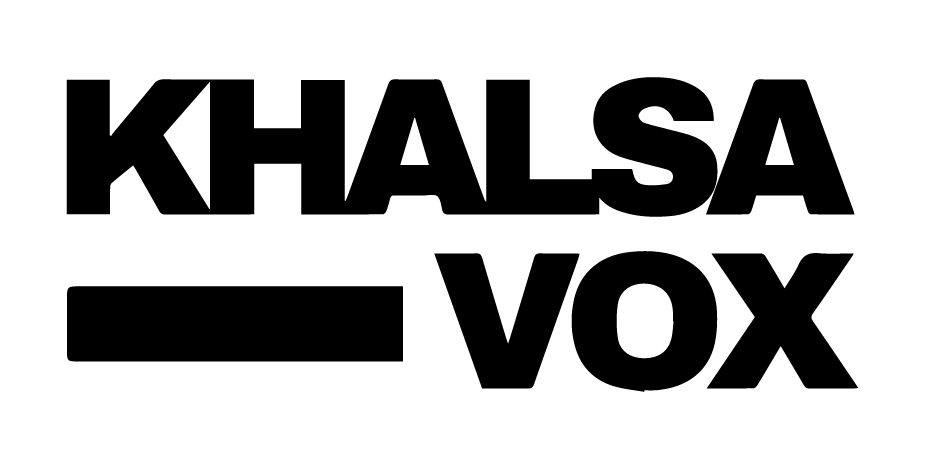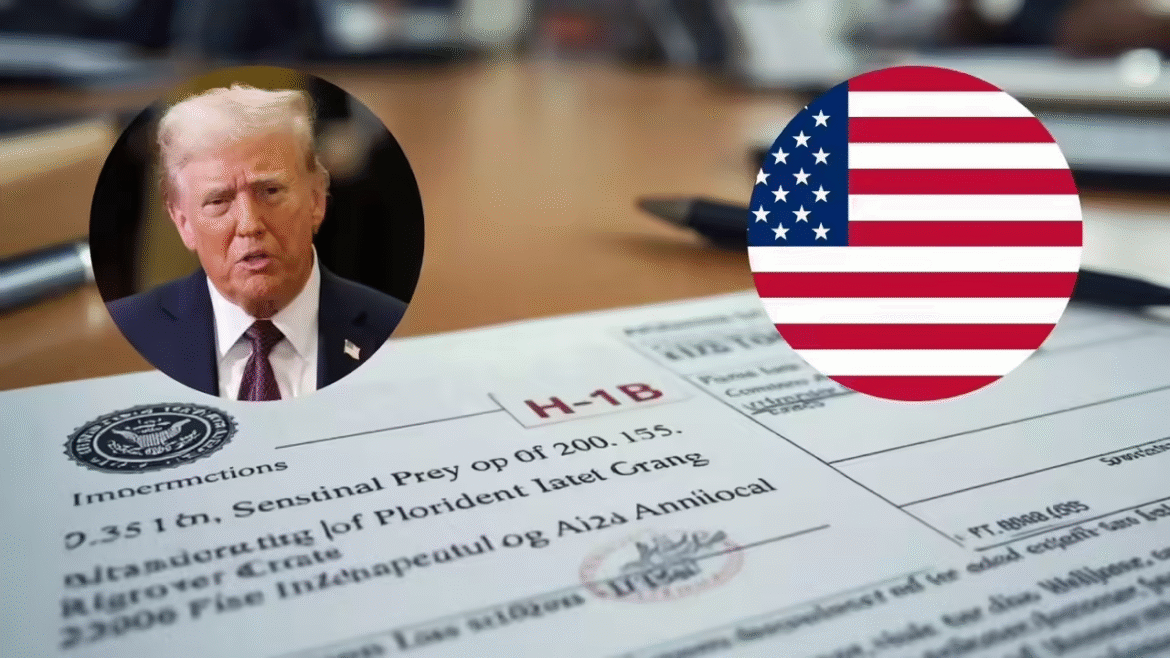AI Generated Summary
- The Donald Trump administration is moving ahead with plans to impose major changes to the H-1B visa program, introducing tougher rules for employers and narrowing eligibility for foreign workers seeking to enter the United States under the scheme.
- As the proposal moves toward publication later this year, stakeholders across the tech industry, academia, and immigration law are preparing for what could be the most consequential overhaul of the H-1B visa system in decades.
- Department of Homeland Security (DHS), a new rule titled “Reforming the H-1B Nonimmigrant Visa Classification Program” is under preparation and is expected to be published in December 2025.
The Donald Trump administration is moving ahead with plans to impose major changes to the H-1B visa program, introducing tougher rules for employers and narrowing eligibility for foreign workers seeking to enter the United States under the scheme.
According to the U.S. Department of Homeland Security (DHS), a new rule titled “Reforming the H-1B Nonimmigrant Visa Classification Program” is under preparation and is expected to be published in December 2025. The proposed changes include stricter oversight of employers, heightened compliance checks, and tighter restrictions on how H-1B workers can be deployed, especially in third-party placements.
One of the most striking measures under consideration is a mandatory $100,000 filing fee per application—part of a broader push to discourage misuse and ensure only serious, high-wage employers apply. The DHS said the reforms are intended to “improve the integrity of the H-1B program and better protect U.S. workers’ wages and working conditions.”
Key Reforms Under Discussion
The proposed rule seeks to:
- Reassess which employers and positions qualify for cap exemptions.
- Impose stricter scrutiny on firms found to have violated visa regulations.
- Introduce tighter controls on third-party contracting and placements.
- Expand monitoring and enforcement mechanisms to ensure compliance.
In addition, the administration is considering replacing the current lottery-based selection system with a wage-based process, prioritizing higher-paid positions to attract what it describes as “top-tier global talent.”
Why the H-1B Visa Matters
Established under the 1990 Immigration Act, the H-1B visa enables U.S. employers to temporarily hire highly skilled foreign workers in specialized fields—particularly in science, technology, engineering, and mathematics (STEM). It has long been a critical pathway for professionals from India and other countries seeking employment and potential permanent residency in the U.S.
The program currently grants 65,000 visas annually, with an additional 20,000 reserved for advanced degree holders from American institutions. These are distributed through a lottery system, though universities and certain nonprofit organizations are exempt from the cap.
Impact on Indian Professionals
India remains the single largest source of H-1B talent. According to the Pew Research Center, nearly three out of every four H-1B visas approved in 2023 were issued to Indian nationals. The majority of these were for computer-related occupations, though the visa also supports professionals in healthcare, finance, and academia.
Despite periodic criticism that the program undercuts domestic wages, studies have shown that H-1B workers often earn as much or more than their American counterparts. U.S. law already mandates employers to pay the higher of either the prevailing wage or the company’s actual wage for comparable roles—plus additional government fees that often exceed $6,000 per application.
A Pivotal Moment for Skilled Immigration
If enacted, the proposed reforms could reshape the landscape for thousands of Indian students and professionals aspiring to work in the United States. Immigration experts warn that the new measures could deter smaller firms and limit opportunities for early-career applicants, shifting the system’s focus toward established corporations and senior-level talent.
As the proposal moves toward publication later this year, stakeholders across the tech industry, academia, and immigration law are preparing for what could be the most consequential overhaul of the H-1B visa system in decades.




